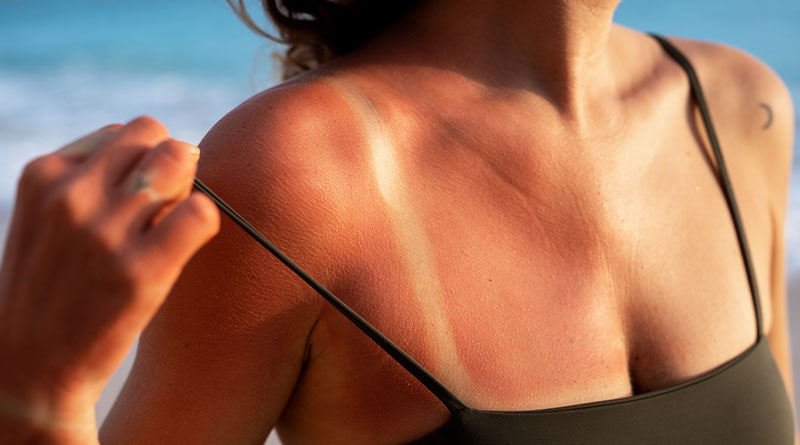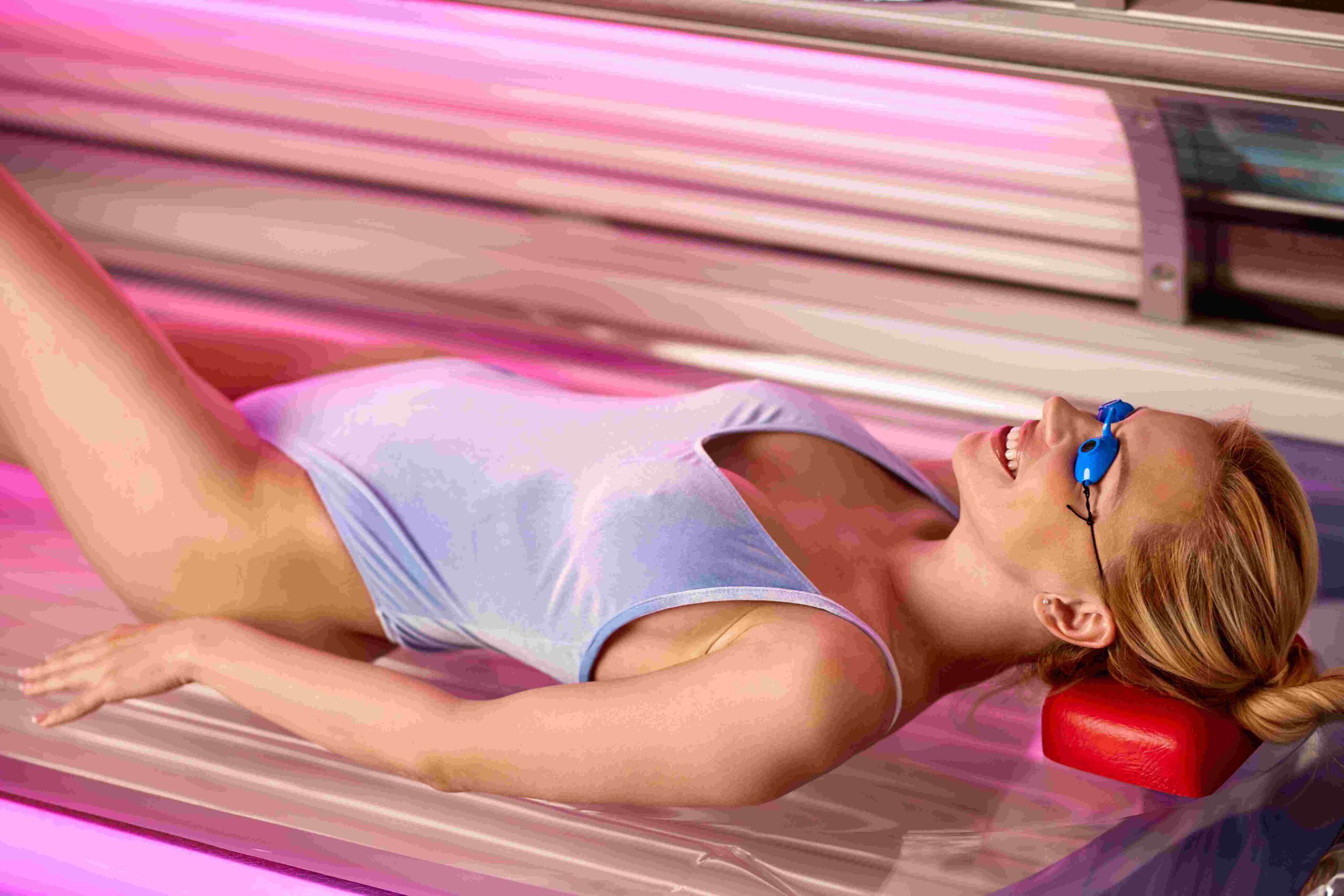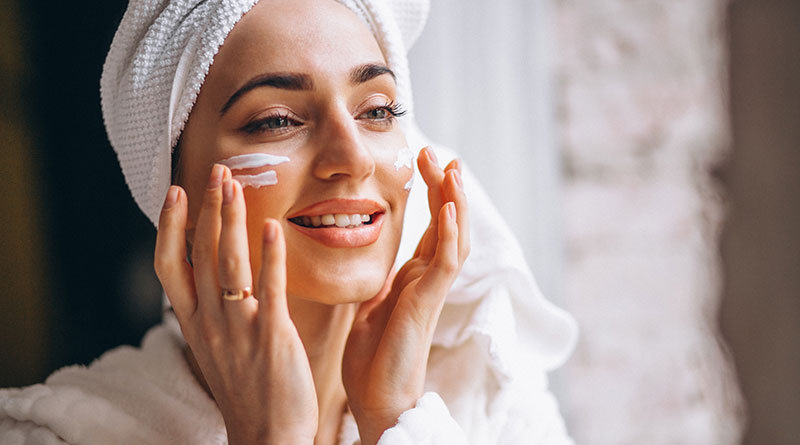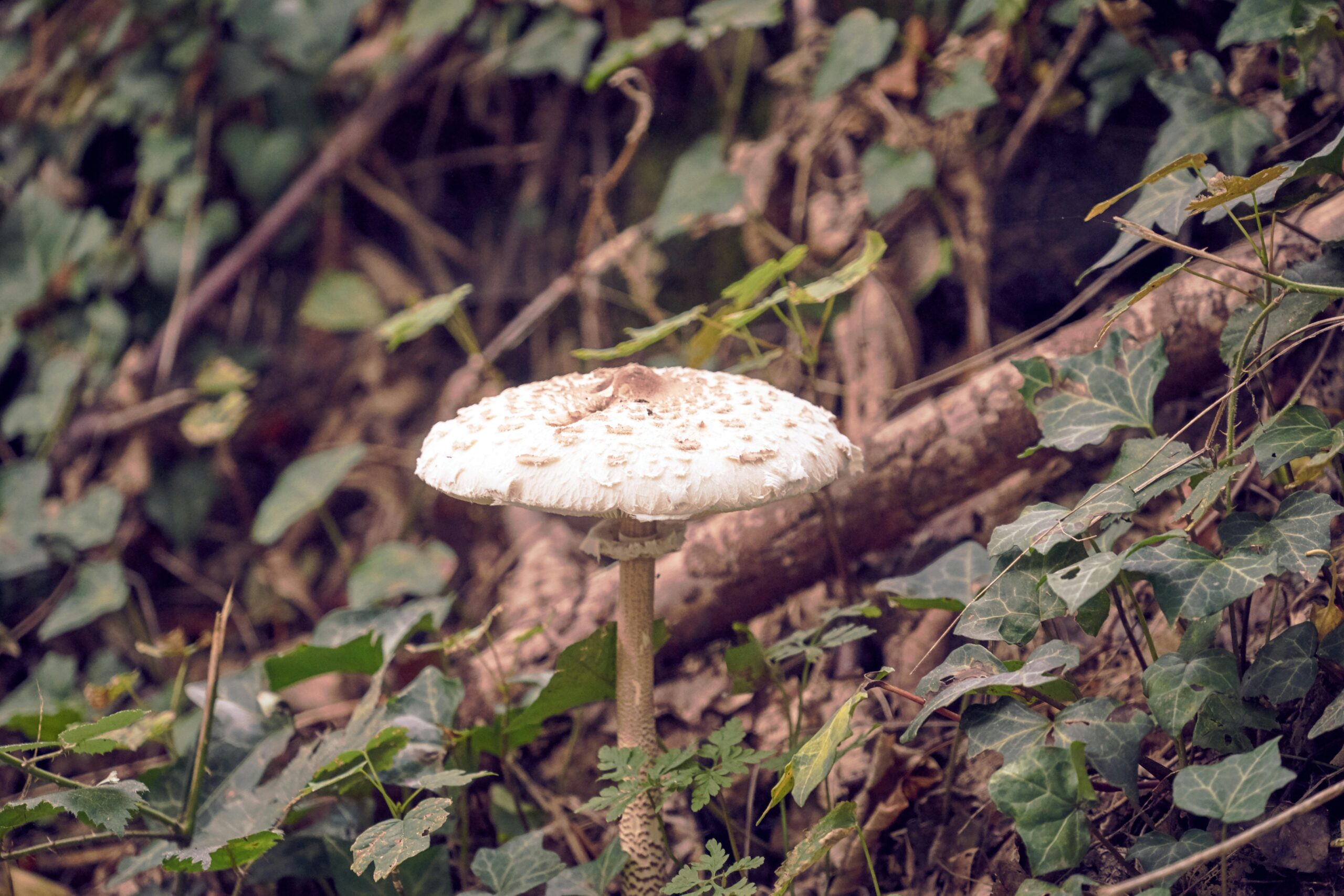Getting a healthy glow from the sun is a tried-and-true method of satisfying the age-old “look good, feel good” ideal. There’s nothing like soaking up the rays and watching your tan develop. But how long does it take to do this? Spending summer trying to get your tan back is not a good idea.
If you want to get tanned by summer, you must know how long it takes to Tan before starting the tanning process.
How Long Does It Take to Tan?
Time constraints are a major source of irritation for many tanners. They can stay out in the sun longer thanks to the sunscreen. But how long would you say you’ll need? Your natural skin tone, the strength of the sun on any given day, and the sun protection factor (SPF) of your sunscreen are just a few of the numerous factors to consider.
The tanning process is greatly influenced by your skin tone, with dark brown skin reacting differently to prolonged sun exposure than light skin.
When to get a tan varies by skin tone
The more melanin your skin naturally has, the darker it will be. Skin tone is determined by melanin, a pigment found in the skin. It’s also made by specialized cells in your skin called melanocytes when you tan. People with darker skin tones have a greater capacity to synthesize the pigment melanin.
This means that those with dark skin take longer to tan and don’t see as dramatic of an effect from doing so. Melanin is the skin’s natural defense mechanism against ultraviolet radiation. Skin cells are killed by UV light. UVA rays are more harmful because they go deeper and speed up the aging process.
Although UVB rays don’t penetrate as far, they’re just as deadly. Many of your skin cells will die due to the mutations they generate, but some may develop into cancer.
A sunburn is your body’s natural response to the ultraviolet harm it has sustained. Many cells have perished, and your immune system is working to heal the injured ones, so you look red, painful, and swollen. To get the perfect tan you have to follow all the procedure of how long it takes to Tan.
Having light skin indicates low melanin production. That reduces your tanning time to the point that you might burn instead. Many people with pale complexion have discovered that the sun is not forgiving. Because of the risk of sunburn, many people with fair skin avoid tanning altogether.
Functioning Melanin
Every organ in your body contains melanin, from your skin to your hair to your eyes. Those with a darker skin tone have more melanin since it creates pigmentation. To a large extent, this is due to where you live. Melanin production increases as a natural adaptation for people whose ancestors lived in sunny climates.
Those that evolved in less-sunny regions developed less melanin, and so did their descendants. Melanocytes are the cells in your body that make melanin. Melanin is derived from the amino acid tyrosine and is a tough polymer.
Your skin has three distinct melanin pigments. The tan-inducing pigment is called eumelanin; even that category has subtypes like brown and black. Depending on the strength, this will darken your hair, complexion, and eyes. If your hair lacks the dark pigment eumelanin, it will be naturally blonde. Pheomelanin gives your lips, and other pink body parts their colour.
Red hair is the result of an even ratio of eumelanin to pheomelanin. Last but not least, there’s neuromelanin, an extremely rare pigment. Your nerve cells will be coloured.
Melanocyte counts are quite consistent across populations. However, their melanin production is variable. Melanin acts as a sponge for UV photons, soaking them up and pushing them back toward the skin’s surface. Protects against sun damage, burns, accelerated aging, and cancer of the skin. But in any case, it’s a plus. The protective melanin in your skin won’t stand a chance against the intensity of UV rays.
When exposed to sunlight, melanin production begins. Tan is the literal definition of the word. Melanocytes in your skin perceive the danger posed by UV rays and respond by producing melanin. This is not going to happen overnight. Tanning takes so long because of this. This is why you should stop tanning before you reach your desired level of darkness and, certainly before you start to burn.
Even after sun exposure has ceased, melanocytes might keep making melanin for a while. To achieve the best results from tanning, spend some time in the sun, followed by some time in the shade. It’s a waiting game, so prepare to spend some time on it.
How to Remove Tan
Sunscreen is a must before any outside activity. You’re trying to protect yourself from the sun because you want a tan. Even with sunscreen, tanning will occur; however, the process will be slower and less intense.
Rather than going into the sun unprotected, this is the safer way to do it. If you want to reduce your chances of developing skin cancer, you should avoid being sunburned. A broad-spectrum sunscreen provides Sun protection from both UVA and UVB radiation. Not all of them, but quite a few, at least.
Sunscreen with an SPF of 30 lets roughly 3% of UV light through. Even so, your skin will still suffer damage, albeit it will be much less likely to burn if you don’t fall asleep in the sun.
Conclusion
So now you know, how long does it take to Tan? Primo tanning time is in the morning, specifically before 11 a.m. It’s tempting to go out in the middle of the day, when the sun is at its strongest, and soak in as much of its rays as possible.
If you try this, you may have burns, an uneven tan, and skin damage. Tan-through swimwear is an option if you’re looking to balance out your tan. Tanning lotions, self-tanners, and even a spray tan can be used with time spent outdoors if you’re in a hurry.
You might expect to achieve your goals more quickly if you follow this routine. After applying these chemicals to tan, you should wait at least 3-4 hours before showering to give the tan time to set correctly.
Sahil Sachdeva is the Founder of curemedoc.com and a Digital Marketing professional with years of experience. If you need help in Content writing and want to increase your website ranking, connect with him, as he has some premium websites where you can share blogs with DoFollow links and increase your website’s ranking on Google.





